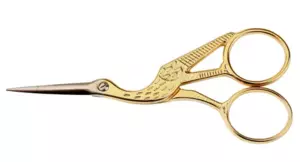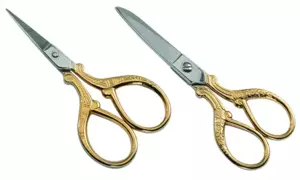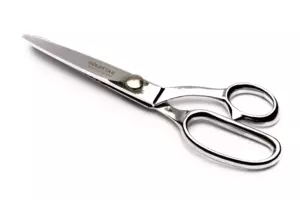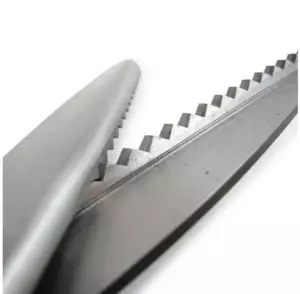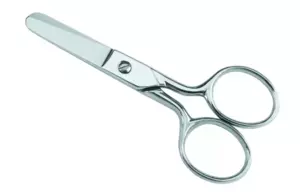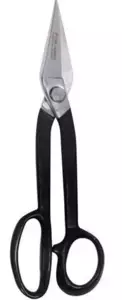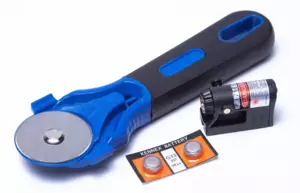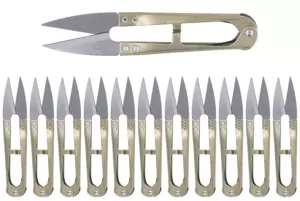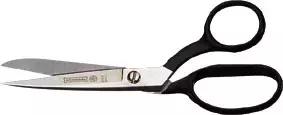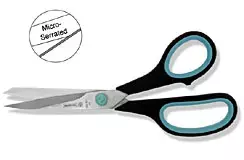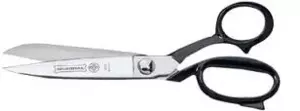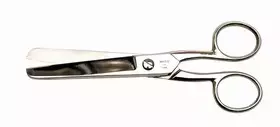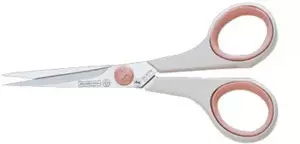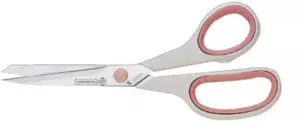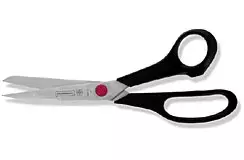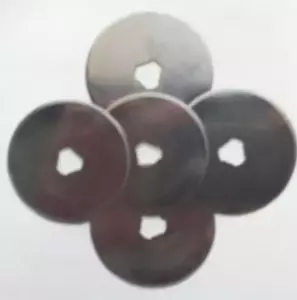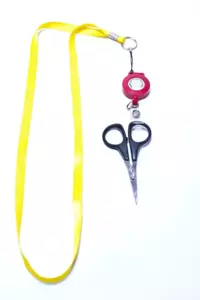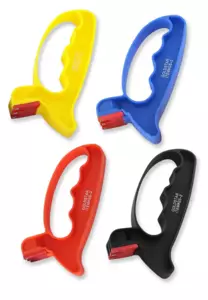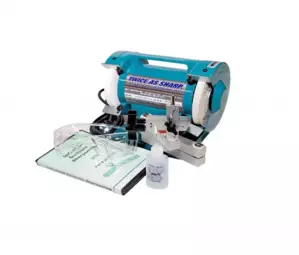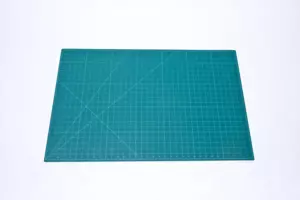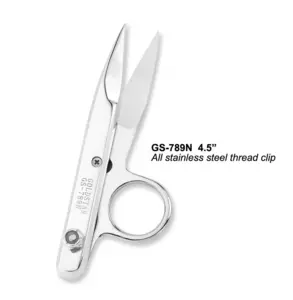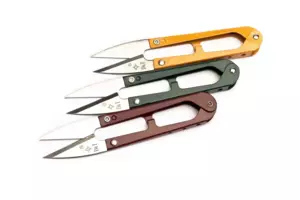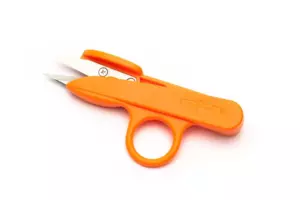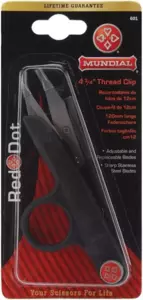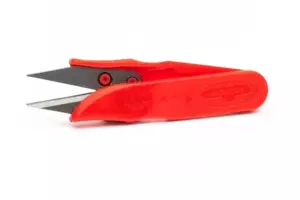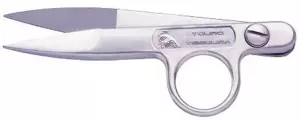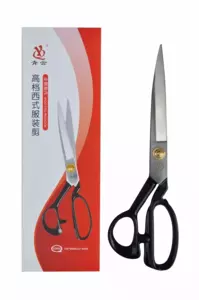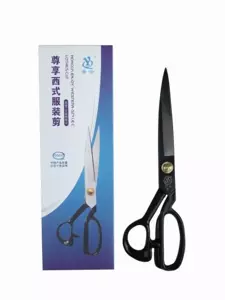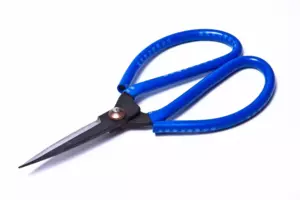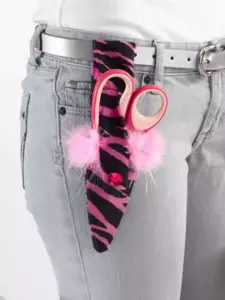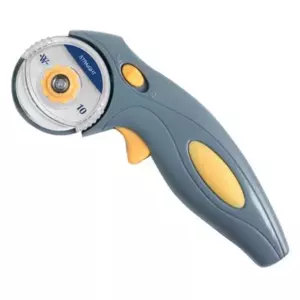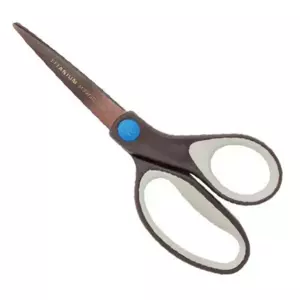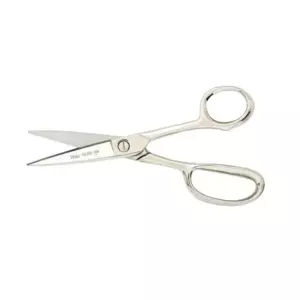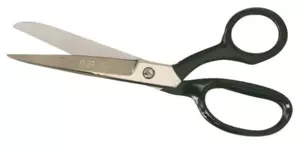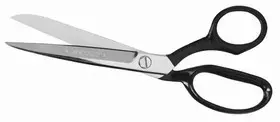Embroidery Scissors, Touro Tesoura 4" (Curved)
Our Price:
$6.99
Market Price: $9.99
Save: $3.00 per unit
Sold Out
Red Dot 8- 1/2 Inch Dressmaker Shears
Our Price:
$15.99
Market Price: $19.99
Save: $4.00 per unit
Sold Out
Replacement Blades For 28mm Rotary Cutter (Pack of 5)
Our Price:
$9.99
Market Price: $19.99
Save: $10.00 per unit
Sold Out
Replacement Blades For 45mm Rotary Cutter, Universal Size (5/pack)
Our Price:
$14.99
Market Price: $19.99
Save: $5.00 per unit
Sold Out
Touro Tesoura Professional Tailor Shears
Our Price:
$29.99
Market Price: $35.00
Save: $5.01 per unit
Sold Out
Touro Tesoura Teflon Coated Non-Stick Professional Tailor Shears
Our Price:
$26.99
Market Price: $45.00
Save: $18.01 per unit
Sold Out
Westcott Craft Scissor Holsters, 8", Assorted Colors and Styles
Our Price:
$10.99
Market Price: $26.50
Save: $15.51 per unit
Sold Out
Westcott Titanium Bonded Paper Craft Tools 45mm Rotary Paper Cutter
Our Price:
$14.99
Market Price: $36.85
Save: $21.86 per unit
Sold Out
Wiss 1DSN 8 1/2" Industrial Shears, Inlaid
Our Price:
$29.99
Market Price: $37.58
Save: $7.59 per unit
Sold Out
Scissors are hand-operated cutting tools that consist of a pair of metal cutting blades held together by a screw or rivet so that the sharpened edges slide against each other when the handles are brought together.
Scissors are used for cutting metal foil, paper, cardboard, cloth, rope, wire and other materials. For sewing and crafting projects, you may need more than one kind of scissors and cutting tools from the start to completion. Fortunately, a large variety of cutting tools exist for specialized purposes.
What are the other cutting tools?
In addition to scissors, other cutting tools for sewing and crafting include rotary cutters, shears (all-purpose shears, dressmaker shears, pinking shears, pattern shears and heavy-duty industrial shears) and thread clippers or snips.
Various types of scissors including all-purpose scissors, applique scissors, buttonhole scissors, embroidery scissors and quilting scissors are also available. As their names signify, they are designed for specific uses.
Are Scissors and Shears the Same Thing?
No, although they look almost the same and the terms are sometimes used interchangeably. Scissors and shears are different in the following aspects:
- Handle holes size and shape - Both handles holes of scissors are of the same size and shape. On the other hand, the shears’ handle holes differ in size and shape. The smaller hole is just enough for the thumb nail while the other hole is bigger to fit the other fingers.
- Blade length – scissors generally have blades that are 6" or under in length, while shears have longer blades.
Generally, shears are bigger than scissors and are used for heavier cutting.
When do you use scissors or shears and rotary cutters?
Scissors and shears can easily cut curve outlines. They can also be used anywhere, without a cutting table or surface. Left-handed scissors and shears are available.
A rotary cutter is made with a circular blade attached to the handle. It looks like a pizza cutter.
To use a rotary cutter, you need a cutting table or any flat surface where you lay the cutting mat, the material for cutting and the ruler. The fabric is placed over the cutting mat to protect the cutting table. So you can’t use a rotary cutter just anywhere.
Rotary cutters are recommended for cutting long straight lines such as the side seams of garments, quilting strips or pillow cases and for cutting several layers of fabric at a time. It is faster and less tiring to cut using rotary cutters than with scissors or shears.
For a successful sewing and crafting project, use the right cutting tools and supplies such as fabric weights, pins and marking pens.
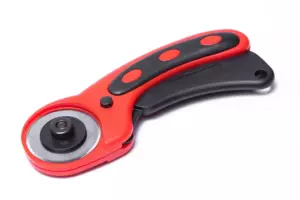
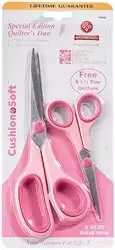
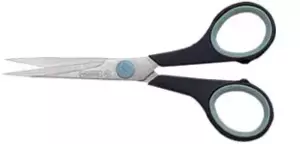
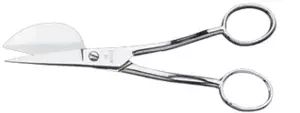
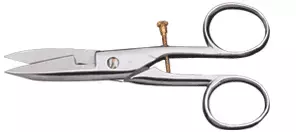
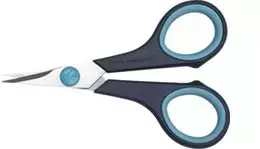
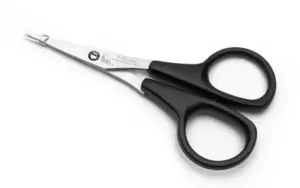

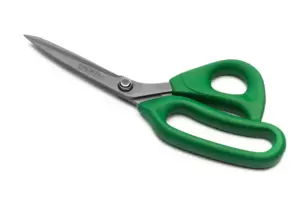
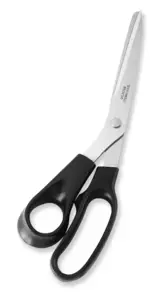
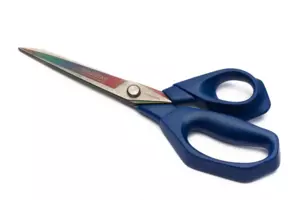
.webp)
